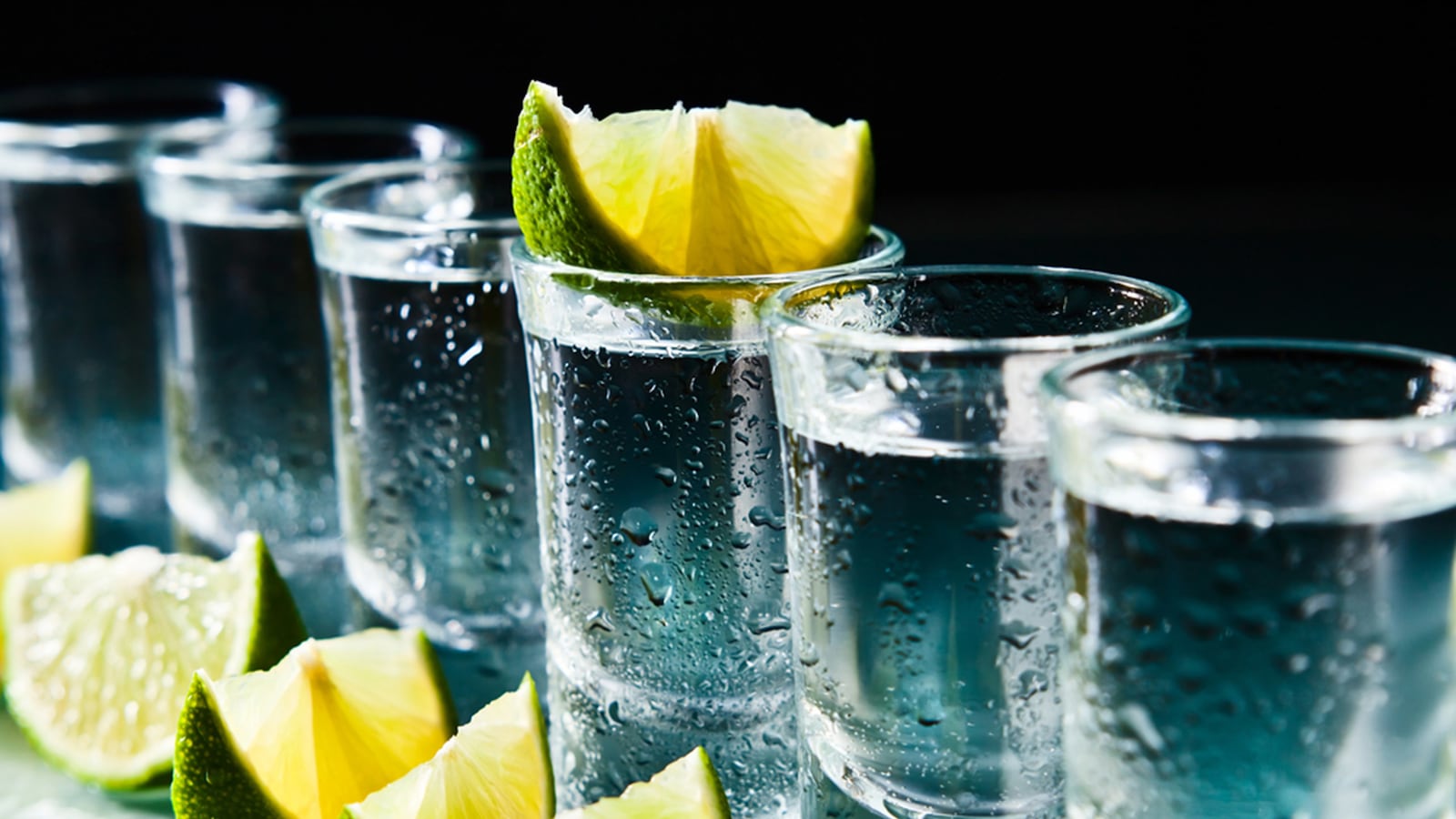Tequila may bring back painful memories of nights spent hunched over the toilet or headaches poolside after a night tossing back margarita after margarita. But that was then. Now, there are several high quality, handcrafted tequilas out there you can sip and enjoy just as much as a fine whiskey. That is, if you can find them, and if you’re willing to pay for them.
But the handcrafted tequila industry is in danger of dying if bar managers and consumers don’t stop demanding cheaper margaritas. A good tequila is impossible to make at a low cost. Unlike gin, vodka, or rum, which are relatively easy and cheap to make, tequila takes a huge commitment of time and money to do right. Agave plants take up to 10 years to mature before being harvested. Afterwards, they are finished, and more agave must be planted. This time-consuming process doesn’t include the time reposado (aged two months to one year) and añejo (aged in oak at least one year) tequilas take to mature in barrels before they’re ready to be sold.
Anthropologists have estimated that indigenous Mexicans were drinking fermented agave as early as 1400 B.C., a liquor loosely known as pulque. Mezcal—made from up to 30 different varieties of agave—was born as Mexican natives learned to refine the rudimentary pulque through distillation. Tequila—a spirit made from just one type of agave plant—followed shortly after, when the Spanish began producing it using very traditional and labor intensive processes after they ran out of their own brandy in the mid-16th century. Whereas mezcal has always been a locally drunk artisan industry, tequila has largely been produced en masse for an American audience, beginning with its rapid rise in popularity in the mid-20th century. That is until the last 15 years or so, when several small brands have come out with better tasting, higher quality products that hearken back to the old days of tequila making. But they struggle to compete with corporate owned, cheaper tequilas that put efficiency first, taste and quality second.
“Tequila is one of the most beautiful spirits on the planet when made well, and I don’t want to see it disappear. And that’s what’s going to happen if people keep driving tequila prices down,” says Ryan Fitzgerald, owner of ABV in San Francisco, board member of the Tequila Interchange Project, and west coast brand manager for Del Maguey mezcal.
The demand for tequila has increased since 2002, with tequila sales up about 83 percent to over 13 million cases, according to the Distilled Spirits Council of the United States (vodka, by comparison is up only 1 percent, but now sells 65 million cases). But so has the demand for cheap tequila.
One reason tequila prices are being driven down is the way industry sales work. A distributor or sales rep tries to get a bar owner to carry his or her product as the house choice, or “call,” to increase the volume sold. The bar owner tells him or her that the price is too high. The sales rep, mostly working for larger companies who can afford to hire one, works out a deal to lower the price and maybe throw in a few extras, such as free product or patronizing the bar more often to seal the deal of changing the house preferred brand, though these practices are frowned upon by liquor regulators, Fitzgerald says. The bar manager then picks that product over a more expensive, usually smaller brand of tequila.The customer gets used to paying less for their tequila cocktails and balks when a new brand costs twice as much, making it difficult to switch back.
The decision to not only carry, but also push artisanal tequilas in bars and restaurants is easier said than done, of course, when the goal is to keep your establishment flush.
“You’d be considered stupid and your owners would be unhappy if you didn’t do it,” Fitzgerald says. “As a bar manager it is your responsibility to drive a hard bargain…you know that your sales rep is driving a much nicer car than you are.”
These sales practices occur across spirits categories, but they are especially detrimental in tequila, given the nature of its traditional, labor intensive production process that artisanal brands still perform by hand. This involves enlisting an army of jimadors to cut heavy piñas, or the hearts of the blue weber agave plants used to make tequila, and cook them for up to 48 hours in brick or stone ovens until the starches convert to fermentable sugars. The agave juice is then extracted using a round stone wheel called a tahona before being distilled twice.
Tomas Estes, a restauranteur and author of The Tequila Ambassador, emphasizes his difficulty severing a beneficial “relationship” with Cuervo in his multiple European establishments. He replaced Cuervo house calls with his own, more expensive artisanal brand, Tequila Ocho, a decision he contemplated for several years after Ocho’s launch. The change meant he had to make up revenues in other ways and charge more for tequila cocktails, resulting in a five percent loss in revenue.
But the result was worth it: “Consumers appreciate that our bars sell a really good product instead of an okay or sort of good product,” Estes says.
Large production tequila brands—either started from scratch or purchased from a Mexican family by a liquor conglomerate—often speed up the production process to make the most tequila in the shortest amount of time. They use autoclaves, which work like pressure cookers, instead of brick ovens. Some also use the diffuser method, which involves shredding agave, placing it into machines, and injecting chemicals like sulfuric acid to force the fast release of agave fibers and juice. Many brands don’t like to admit they do this and there is little proof of big companies changing recipes when purchasing tequila brands, except to compare former and current bottlings of their products, Estes says. But making these production changes causes the flavors and traditions of true tequila to suffer.
“Handcrafted tequila is made with pride first and commerce second. This means that decisions relating to production come more from the heart than the pocket,” Estes says, adding that craft brands rarely surpass a 30,000 case per year production (Ocho currently produces 13,000 cases per year). That’s a feat given the industry’s current “cannibalistic” conditions that make it difficult for small tequila brands to compete in the U.S. market, adds David Suro-Piñera, who owns the Siembra Azul tequila brand and started the Siembra Azul Foundation, which funds the study of agave distilled spirits and supports educational programs.
Estes, Suro-Piñera, and Fitzgerald agree the key to saving handcrafted tequila is educating bar managers and consumers and encouraging them to ask questions about the products they see on bar and liquor store shelves. Part of the Tequila Interchange Project’s work is teaching the public that good tequila isn’t black and white. Along with Siembra Azul and Tequila Ocho, other brands doing it right include Fortaleza, 123 Organic, and Casa Noble, with plenty of others out there waiting to be discovered, distributed and appreciated. Ask questions, demand the best.
“Do you want to save money or do you want to provide quality, ethical product in your cocktails?” Suro-Piñera says, noting that handcrafted tequila profits also have a better chance of reaching the actual Mexican people who make them.
Plus, being cheap never made anyone feel better the next day.





